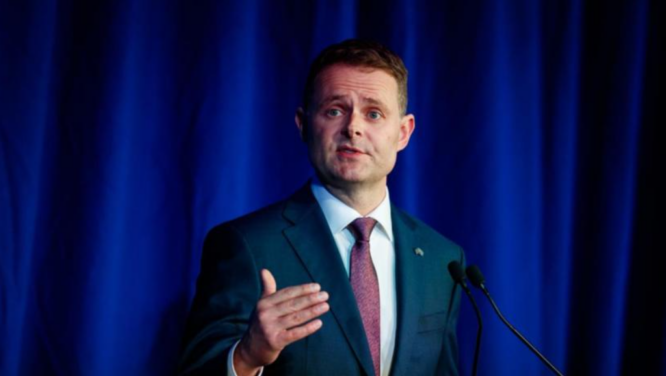Unions and businesses react differently to SA budget 2023

The business community is dissatisfied with South Australia’s large expenditure budget, which prioritized housing, health care, and pocketbook relief, despite the fact that unions have praised it as deliberate and responsible.
Despite allocating $474 million for housing assistance, an additional $2.3 billion for health, and $471 million for cost-of-living support, the Labor government expects to return the state’s finances to surplus in the next fiscal year.
The housing program will fund 3,600 new constructions over the next five years and enable the government to eliminate stamp duty for first-time homebuyers.
Cash for the cost of living consists of $254 million for energy reimbursements to 420,000 households and $44 million over five years to index government concessions to inflation.
Additional health expenditures include $1,3 billion over five years to meet the increased demand on the public hospital system, as well as $567 million to cover the ongoing cost of the COVID-19 pandemic.

SA Unions Secretary lauded the government’s thrift.
“South Australians face multiple challenges, including the pandemic and flooding, stagnant wages, housing shortages, and soaring living expenses,” said Beasley.
The Australian Industry Group, however, stated that the budget lacked the creativity required by businesses struggling with talent shortages, rising input costs, rising interest rates, and inflation.
“In a tight fiscal climate, it is imperative that the government ensures its policies and programs promote productivity, business competitiveness, and growth, which are crucial to the success of our state and the creation of economic prosperity for all,” said the SA director of the group, Jodie van Deventer.
The Australian Medical Association expressed satisfaction with the government’s recognition that the coronavirus pandemic would continue to impact health workers and system capacity.
“I appreciate the state government’s attentiveness when doctors, colleagues, and patients described the obstacles we face in providing and gaining access to health care,” said the state president of the association, John Williams.
In stark contrast to last year’s projection of a surplus of $233 million, the budget for 2022-2023 reveals a $249 million deficit.

The budget does not adequately address this issue.
The decline was attributed to increased health care costs, reduced GST grant revenue, and the $100 million cost of assisting those affected by the River Murray flooding.
Treasurer Stephen Mullighan predicted that the state’s finances would return to the black to the extent of $250 million in 2023-2024, with the surplus increasing to $639 million by 2026-2027, despite a projected increase in net debt from $26 billion to $37.6 billion over the course of the forward estimates.
The state’s economy has never been stronger, according to the state treasurer, with low unemployment, rising exports, and a thriving tourism industry.
“Yet we are not without our challenges,” he told the legislative body.
Mullighan stated that the budget placed the government in a strong position to respond to future unforeseen events and capitalize on emergent economic opportunities in order to further diversify and bolster the economy.
